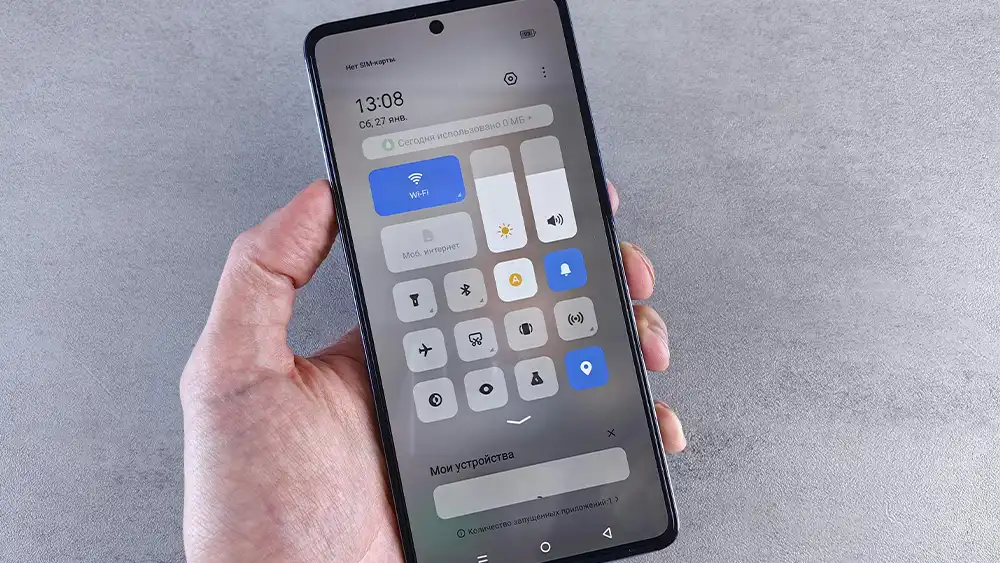Prevent Digital Eye Strain: Tips for Better Vision and Restful Sleep

In today’s digital-driven world, many spend countless hours staring at screens, whether for work, school, or leisure. While technology has opened up new avenues of productivity and entertainment, it has also introduced new challenges for our health, particularly our eyes. Digital eye strain—sometimes called “computer vision syndrome”—has become a common issue affecting millions, causing discomfort, eye fatigue, and even disruptions to our sleep patterns. The good news is that with a few mindful adjustments, you can protect your eyes, reduce digital eye strain, and promote restful sleep.
Top Tips to Prevent Digital Eye Strain and Improve Sleep
1. Reduce Blue Light Exposure for Better Sleep
Blue light from screens is a major cause of digital eye strain and can disrupt sleep by suppressing melatonin, the hormone needed for rest. Excessive blue light exposure, especially at night, can make it harder to fall asleep. To counter this, many devices now have built-in blue light filters that shift screen colors to warmer tones, reducing eye strain in the evening.
For additional protection, you might also consider wearing blue light glasses, a simple solution that can lessen strain and improve sleep quality. Glasses such as those by block blue light can filter out blue light wavelengths, reducing eye fatigue and supporting overall health. With blue light exposure minimized, your body can more easily transition into a restful sleep, allowing for better focus and eye comfort the next day.
2. Adjust Your Screen Brightness and Contrast

Start by adjusting your screen’s brightness to match the ambient light to reduce eye strain. A screen that is too bright or dim forces your eyes to work harder, increasing strain. Aim to keep screen brightness slightly above room lighting, particularly in dim settings, and consider adjusting contrast for clearer text and images, which reduces the effort needed to focus.
Additionally, be mindful of glare from windows or overhead lights hitting your screen, which can contribute to eye fatigue. Using a matte screen filter or positioning your screen to avoid reflections helps create a more comfortable visual environment, allowing for sustained screen time with less strain.
3. Take Regular Breaks with the 20-20-20 Rule
Staring at a screen for extended periods forces your eyes to remain focused without adequate breaks. One simple yet effective way to give your eyes a rest is the 20-20-20 rule. Every 20 minutes, look away from your screen at an object 20 feet away for at least 20 seconds. This exercise allows your eye muscles to relax, alleviating stress and discomfort.
Regular breaks benefit your eyes and give your mind a brief respite, improving focus and productivity when you return to work. Consider setting a timer on your device as a reminder, and stretch your body or walk around to improve circulation. These moments of rest can make a big difference in reducing digital eye strain over time.
4. Practice Proper Screen Positioning

Proper screen positioning can greatly improve eye comfort. Aim to place your screen about an arm’s length from your face, with the top edge at or slightly below eye level. This alignment reduces strain on your eyes and neck, making screen time more comfortable.
For smaller devices like tablets or smartphones, use a stand to avoid holding them too close to your face, which can cause eye strain. Regularly check and adjust your screen’s height and distance to ensure a comfortable setup as you switch between tasks.
5. Blink More Often to Combat Dryness
When staring at a screen, we tend to blink less frequently, leading to dry, irritated eyes. Blinking is essential for keeping our eyes lubricated and maintaining comfort during screen time. Make a conscious effort to blink more often, especially during long work sessions, to prevent dryness and irritation.
Consider using artificial tears or lubricating eye drops if your eyes feel dry despite blinking more frequently. These drops can help maintain moisture levels and alleviate the gritty sensation accompanying digital eye strain. Hydrating your eyes will increase comfort and improve your focus, allowing you to work longer without discomfort.
6. Create a Relaxing Pre-Sleep Routine
One of the most effective ways to counteract the effects of screen time on sleep is to create a relaxing pre-sleep routine that minimizes screen exposure. Try to stop using electronic devices at least an hour before bed. Instead, engage in screen-free activities like reading a book, meditating, or stretching, which allow your mind and body to unwind and prepare for sleep.
If avoiding screens before bed isn’t possible, consider dimming your device’s brightness and enabling night mode settings. Additionally, avoid consuming caffeine or other stimulants in the evening, as they can make it harder to relax and fall asleep. With a consistent pre-sleep routine, you can retrain your body to transition smoothly into sleep, leading to more restorative nights.
Conclusion
Preventing digital eye strain and improving sleep go hand in hand. You can enjoy technology’s benefits without compromising your well-being by making small adjustments like screen positioning, reducing blue light, and taking regular screen breaks. Prioritizing eye health boosts comfort and enhances focus, productivity, and quality of life, helping you maintain a balanced relationship with your digital devices.

news via inbox
Sign up and never miss out on the latest news and updates at HighStuff




